Brazilian group presents novel method of analyzing microplastic pollution
Envirotec Magazine
MARCH 6, 2023
The last decade has seen some progress with studying plastic pollution, but there are still significant challenges, such as a lack of comparability of reported results, especially when it comes to microplastic particles. Few studies of pollution by MPs have been published in Brazil, especially regarding inland aquatic areas.


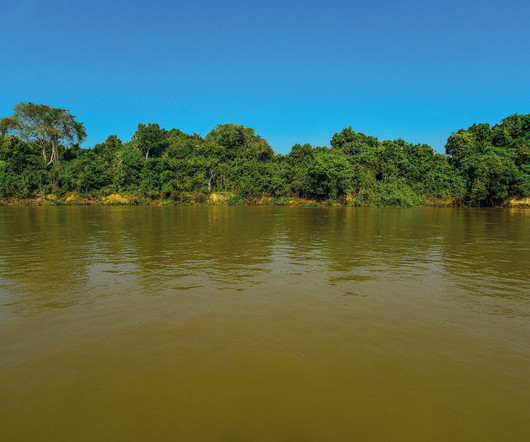
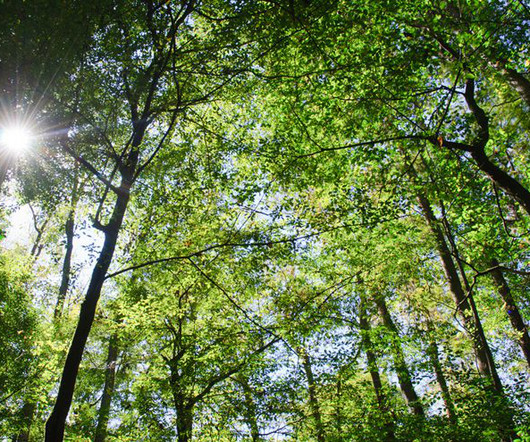
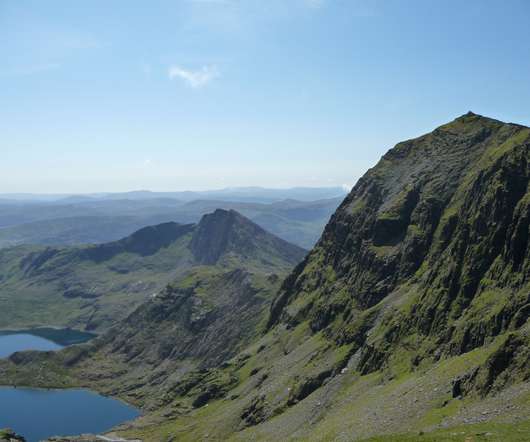

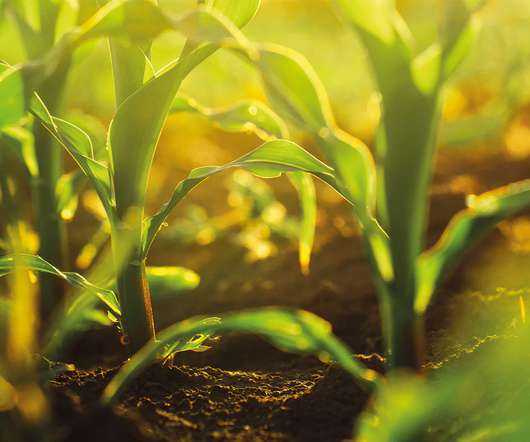
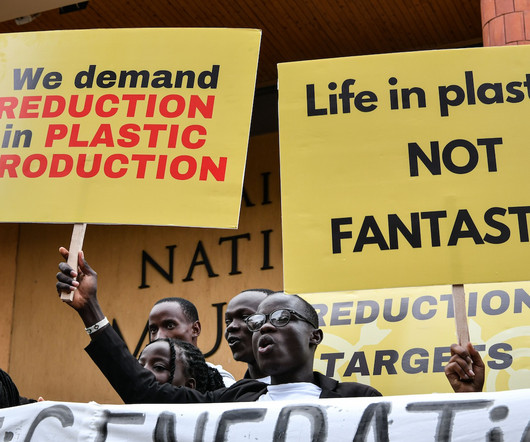

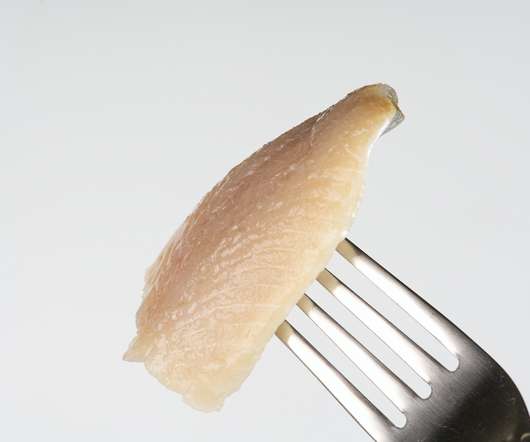
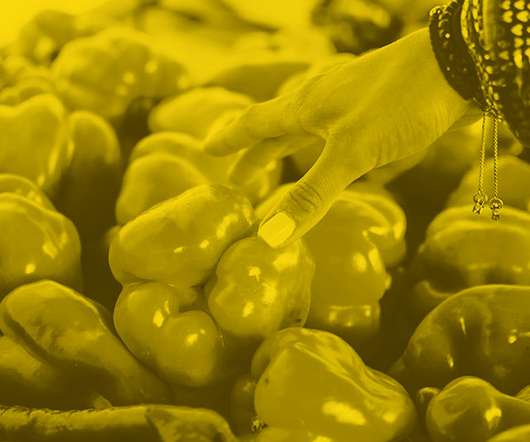
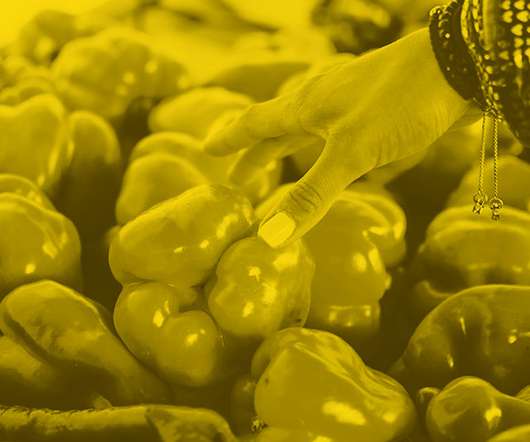

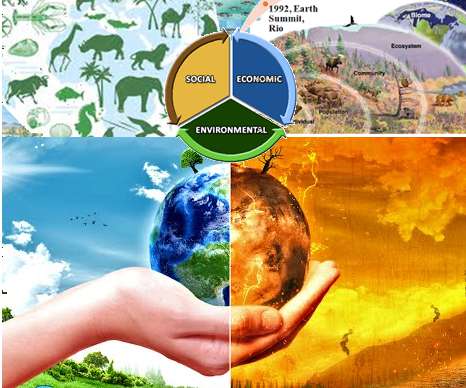








Let's personalize your content